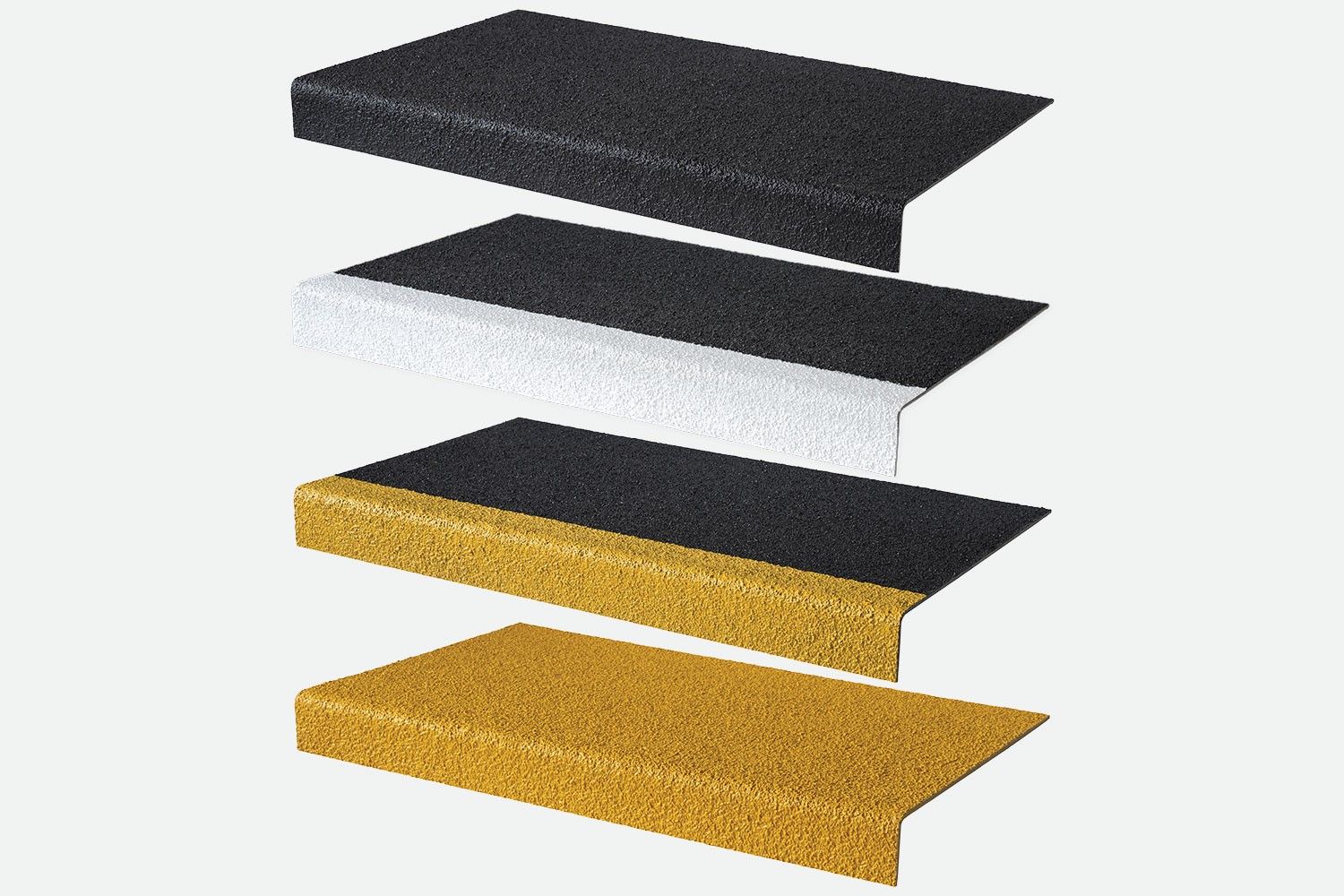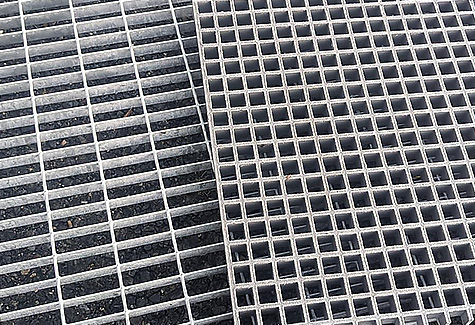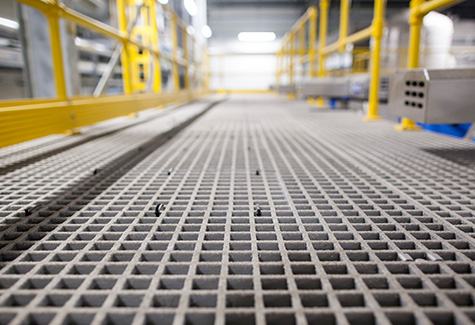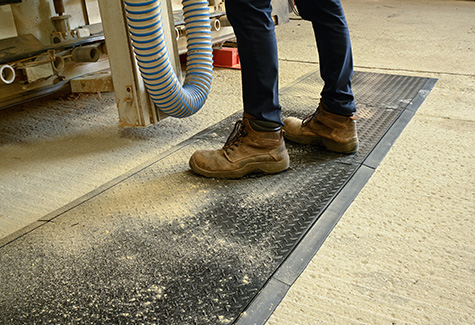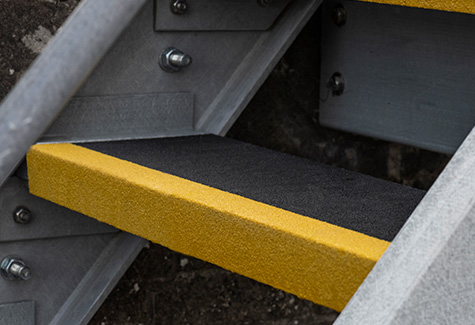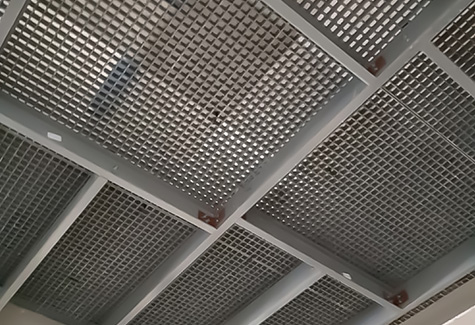Stair treads are a critical component of any staircase, providing traction, reducing slip risks, and contributing to the overall safety of a space. They also play a pivotal role in the aesthetics of the area. Over time, stair treads may naturally wear due to constant use, environmental factors, and general aging. To maintain a safe environment and prolong the longevity of your staircase, proactive stair tread replacement is key.
Key indicators for replacement:
- Visible wear and tear: Regular inspections can help identify visible signs of wear and tear. Look out for cracks, chips, or any surface damage. These can not only pose safety hazards but also diminish the visual appeal of your staircase.
- Uneven surfaces: When stair treads become uneven or develop deep grooves, they can quickly become a trip hazard. The smooth, even surface of treads is essential for safe usage.
- Reduced anti-slip properties: Stair treads are designed to provide excellent traction and minimise slip risks. If you notice that the anti-slip properties have significantly deteriorated, especially in high-traffic areas, it's a strong indication that replacement is needed.
Proactively addressing these signs of wear and tear is essential for adhering to industry safety standards and ensuring a secure and visually appealing environment. Regular inspections can help identify issues before they become severe, potentially preventing accidents and costly replacements of larger staircase components.


